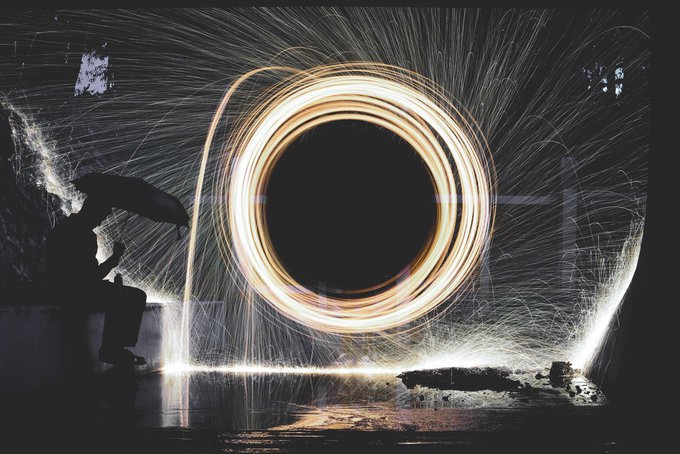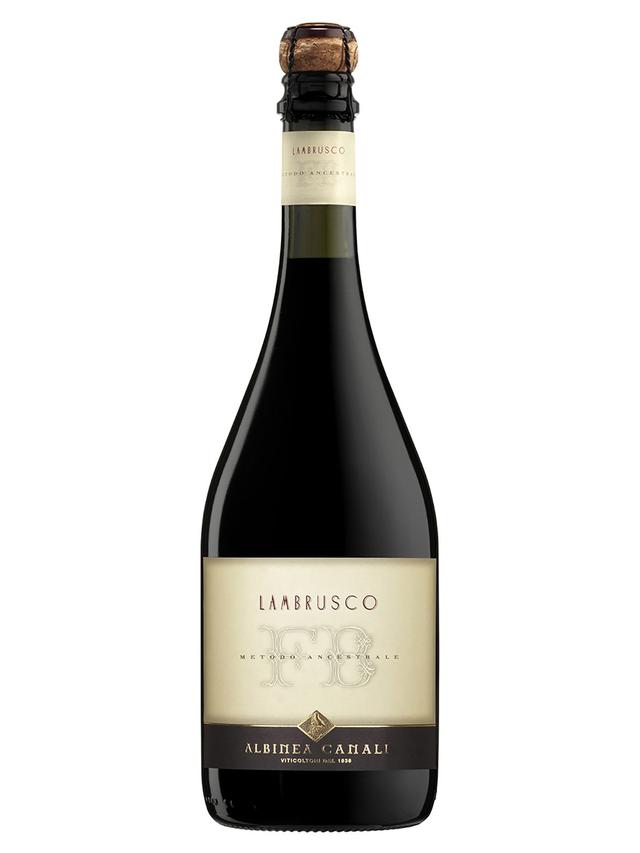Di Vino
The Ancestrale Method: how we get those super-fashionable bubbles
08/08/2016

'Ancestral' is an extremely evocative adjective, bringing to mind as it does the learning of our forefathers, something which finds its roots in the distant past but which has an infinite value, timeless and without compromise. Ancestral is the fermentation method used for producing sparkling wines and "spumanti", used by our forebears when it was Mother Nature who laid down the rules of when to do what in wine-making, before the advent of modern technology. It comes as no surprise that, in spite or because of its popular, humble origins, it has now become fashionable and much sought-after by wine lovers looking for anything which has a unique, natural and authentic taste.
But what is a wine like produced in this way and what makes it different from all the other sparkling wines?
To start to answer this question we have to go to Emilia Romagna.
L'Ancestrale is a sparkling or spumante wine which re-ferments in contact with its original yeasts and sugars. It was in Emilia Romagna some years ago that some growers using grapes from the territory such as Pignoletto or Lambrusco, began to go back to the system of re-fermenting wine, naturally and in the bottle as an alternative to the already well-established production of sparkling or spumante wines in pressure tanks or to the more classical re-fermentation in the bottle. And it was our Francesco Bellei winery, managed by the Cavicchioli family, which was absolutely the first to go into production in 2003.
"It was in 2000 on a trip to the Champagne region," Sandro Cavicchioli tells us," that I looked more closely into this method of the sparkling process and I understood its great potential! At that time we were in the middle of a renaissance of native grape types after our intoxication with international varieties and 'l'Ancestrale' came along at just the right moment to meet the new demands of wine lovers. What's more, I immediately understood that the method was perfect for my 'Lambruscho', and for enhancing its qualities. After a few experiments, the first bottles finally came out in 2003. It's not an encoded method and every grower can have the recipe. I make the most of the final residuals of fermentation, sugars and original yeasts to start off the re-fermentation in the bottle, which generates alcohol and carbon dioxide which makes for a unique sparkling or spumante wine and with no 'sboccatura' ( disgorgement).
The recipe in fact recommends: no disgorging of the deposit formed by the yeasts which are left inside the bottle, sealed with a bottle cap, facilitating a "sur lie" maturing of the wine or being kept in contact with its own yeasts but also favoring a slightly cloudy and opaque appearance in contrast with the shine and brightness that we are used to with sparkling wines.
But why so special?
In the Francesco Bellei winery, the Pignoltto and Lambrusco wines retain their yeasts in the bottle, as indeed does the Lambrusco FB (fermentato in bottiglia) of Albinea Canali: a wine that you get in this way can't help but have unique qualities. It possesses a pleasant and discreet sparkle, fruity aromas mixed with yeasty notes from the long contact between wine and yeast. The typical deposit found in the bottle makes the keeping and serving of the bottle a little complicated and special. In fact we would suggest keeping the bottle upright so all the deposit sinks to the bottom. As regards serving, a lot depends on personal taste: you can pour the wine into the glass slowly so it doesn't get cloudy or get the yeasts moving again by turning the bottle upside down and savor the deposit which is the part which lends depth, importance and distinction to the wine because you get back to the qualities of the grape and its unmistakeable personality.
Pignoletto or Lambrusco?
Pignoletto has a subtle perlage, an intense bouquet of white flowers, strong aromatic notes of ripe white fruit pulp, pear and peach, which mix with fragrant hints of yeast and which cover the characteristic bitter notes of the grape; of depth and dense in the mouth with a fleshy consistency and velvety texture. Ideal with fish, filled pasta (ravioli etc.) but also white meat.
Lambrusco, dry and lively, leaves us in no doubt as to its acidity which is its hallmark feature, but in the mouth it is full, rich and intriguing, with notes of violet, cherries and sweet mature raspberry as well as a hint of yeast. A versatile wine, it pairs easily with classic salami, and some people even match it with barbecued or boiled meat!
Now we've aroused your curiosity about these wines, you probably can't wait to try them!
Read others post







